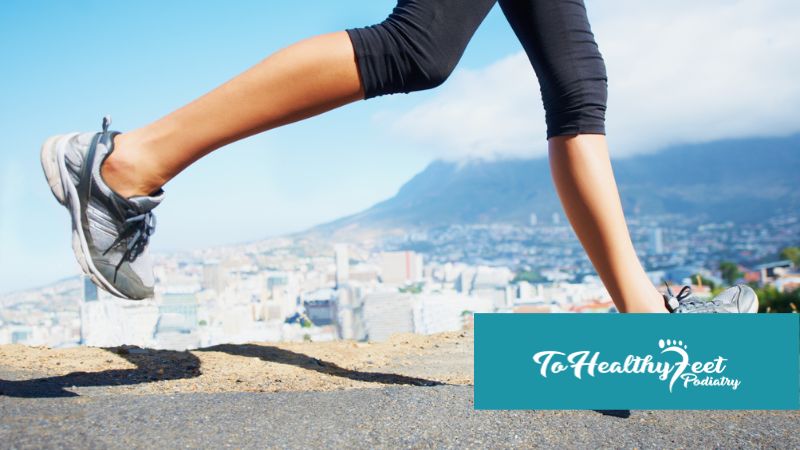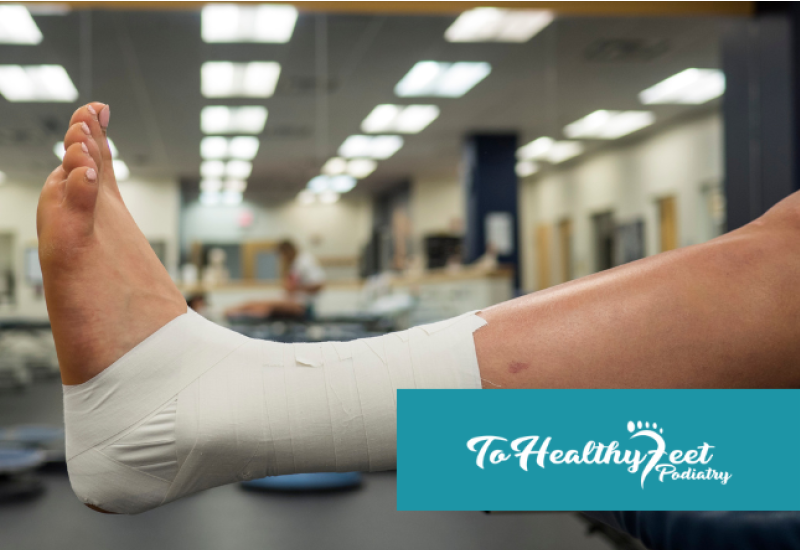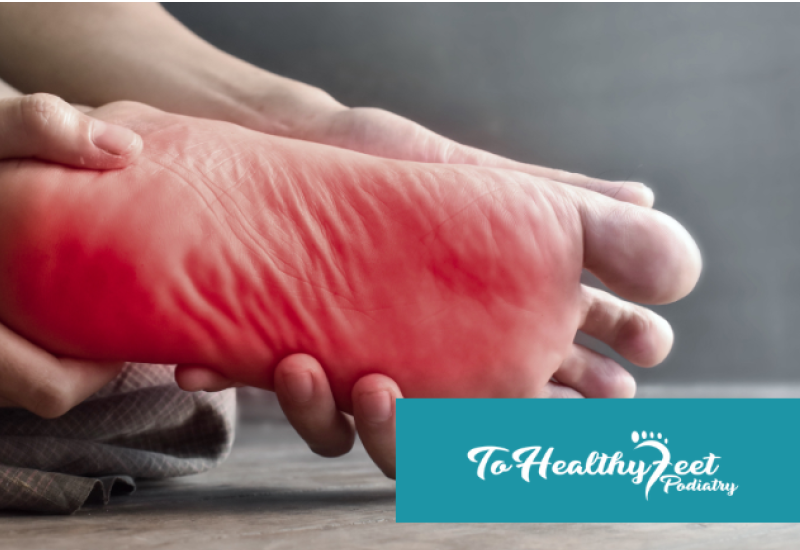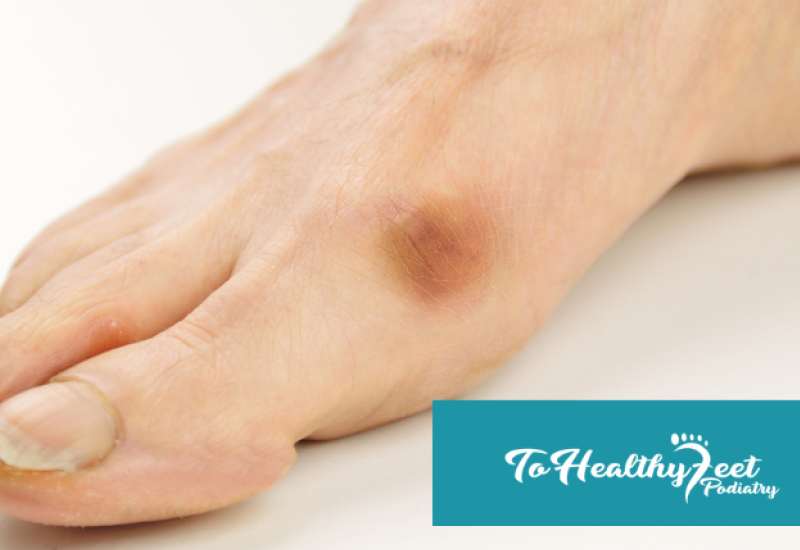Running is a challenging and rewarding sport that requires dedication, endurance, and the right technique. However, if you have high-arched feet, you may face unique challenges that can impact your running experience, especially during a marathon. High arches can lead to issues like increased pressure on the ball and heel of the foot, instability, and a higher risk of injury. But with the right approach, you can still achieve your marathon goals. Here are five essential tips to help marathon runners with high-arched feet run comfortably and efficiently.
1. Choose the Right Running Shoes
One of the most important considerations for runners with high-arched feet is selecting the right footwear. High arches typically mean that your feet are less flexible and absorb less shock, increasing stress on your joints and muscles. To counteract this, opt for running shoes with ample cushioning and support. Look for shoes specifically designed for high arches or those with neutral arch support that offers sufficient padding in the midsole. Brands that focus on cushioning and stability will help distribute pressure more evenly, reducing the impact on your feet and lower limbs.
Tip: When shopping for running shoes, visit a specialty store where you can have your gait analyzed. This will help you find the best shoe for your foot type and running style.
2. Incorporate Strength and Flexibility Exercises
Runners with high-arched feet often have tight calf muscles and weak ankle joints, which can lead to a lack of stability and an increased risk of injury. Incorporating strength and flexibility exercises into your training routine can help address these issues. Focus on exercises that target your calves, ankles, and the intrinsic muscles of your feet.
Tip: Include exercises like calf raises, ankle rotations, and towel scrunches (where you use your toes to scrunch up a towel on the floor) to improve strength and flexibility. Stretching your calves and Achilles tendon regularly will also help maintain flexibility and prevent tightness.
3. Use Orthotic Inserts for Added Support
Even with the best running shoes, you may still need additional support to accommodate your high arches. Orthotic inserts can provide the extra cushioning and arch support necessary to improve your running biomechanics and reduce discomfort. Custom orthotics, designed specifically for your feet, can be particularly beneficial, as they can address any specific alignment issues and offer personalized support.
Tip: Consider visiting a podiatrist to get fitted for custom orthotics. Over-the-counter options are also available, but custom inserts will provide the most tailored support for your unique foot structure.
4. Focus on Proper Running Form
Proper running form is crucial for all runners, but it’s especially important for those with high-arched feet. Poor form can exacerbate the issues associated with high arches, leading to increased strain on your feet, legs, and lower back. Pay attention to your posture, ensuring that you’re not leaning too far forward or backward and that your feet land underneath your body rather than in front of you. This will help reduce the impact on your feet and improve overall efficiency.
Tip: Practice midfoot or forefoot striking rather than heel striking. This technique can help distribute the impact more evenly across your foot and reduce the stress on your arches.
5. Listen to Your Body and Adjust Accordingly
High-arched feet can be more prone to certain injuries, such as plantar fasciitis, stress fractures, and ankle sprains. It’s important to listen to your body and adjust your training if you experience pain or discomfort. Don’t ignore persistent pain; it’s your body’s way of telling you that something is wrong. If you feel any unusual pain, take a break, and consider consulting with a healthcare professional to address the issue before it becomes more serious.
Tip: Incorporate rest days into your training plan and consider cross-training activities like swimming or cycling to give your feet a break from the repetitive impact of running.
Running with high-arched feet presents unique challenges, but with the right strategies, you can continue to enjoy your passion for marathon running without compromising your health. By choosing the right footwear, incorporating strength and flexibility exercises, using orthotic inserts, focusing on proper running form, and listening to your body, you can run smarter and stronger, reducing your risk of injury and improving your performance. At To Healthy Feet Podiatry in New York, we’re here to support you every step of the way, offering expert advice and treatment options tailored to your needs. Remember, the key to successful running lies in preparation, prevention, and personalized care. So, lace up your shoes, hit the pavement, and enjoy every mile of your marathon journey! If you have concerns about your feet or need personalized advice, don’t hesitate to call our team for expert guidance and support.
Written on behalf of To Healthy Feet Podiatry.
FAQs
Q: What type of running shoes are best for high-arched feet?
A: Running shoes with ample cushioning and arch support are best for high-arched feet. Look for shoes designed specifically for high arches or neutral shoes with extra padding in the midsole to help distribute pressure more evenly.
Q: What is the best running form for those with high-arched feet?
A: Runners with high-arched feet should focus on maintaining proper posture and aiming for a midfoot or forefoot strike. This running form helps distribute impact more evenly across the foot, reducing strain on the arches and lowering the risk of injury.
Q: How can I prevent injuries when running with high-arched feet?
A: To prevent injuries, ensure you have the right running shoes, incorporate strength and flexibility exercises into your routine, consider using orthotic inserts, and pay attention to proper running form. Listening to your body and resting when needed is also crucial to avoid overuse injuries.




